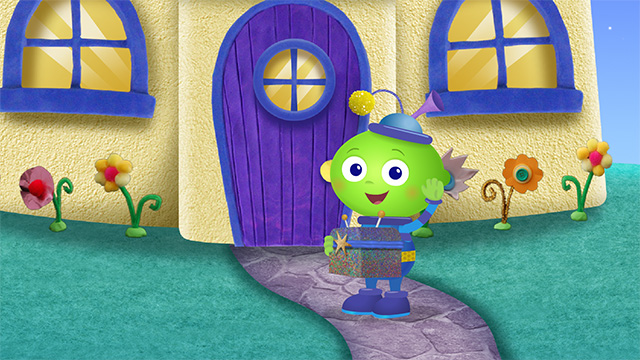 June 30, 2014 “What’s a cookie cutter?” said one student as I passed out the tools to build a knock-off of a Lunchable as part of a health literacy ‘switch pitch’ teaching about ingredients.
June 30, 2014 “What’s a cookie cutter?” said one student as I passed out the tools to build a knock-off of a Lunchable as part of a health literacy ‘switch pitch’ teaching about ingredients.
“What do you even DO with Playdough?” said another when I gave mini-tubs to kindergarten kids who poked at it curiously as if they’d never seen or played with it before.
These are some of the modern day “hmn” moments for those of us who are big on hands-on learning and experiential fun, offering some surreal examples of how play patterns have shifted in a short period of time as the digital deluge of multiple screens has taken center stage, sometimes pushing tactile play off the early childhood radar.
“Do you like to paint?” might be answered with a swish and a swipe of a tablet app demo, so it’s important to acknowledge that creativity in all its many forms is about play at its essence, online and offline.
In our digital age, I’m seeing lots of swapping and squelching of tactile creativity “don’t get grass stains, or grind playdough into your clothes” for tech variations as cleaner, easier alternatives, so when I first heard about Amazon Studios new kids TV shows that seed outdoor science discovery, STEM, and Pre-K hands-on arts and crafts messy play, I was circumspect to say the least.
Amazon Kids: Maker movement meets experiential play
Can Amazon Kids’ new summer series of shows actually use whimsical media characters engaged in playful creativity to springboard kids into a real life, natural world of curiosity and hands-on discovery?
Much like the NCLI “Get ‘Em Outside” video plants the concept of the outdoors as a living lab of learning year-round, the Amazon kids programming is seeding indispensable nourishment with creativity at its core using the “learning by doing” philosophy that’s at the heart of our work at Shaping Youth, using kids entertainment as a vehicle for critical thinking and behavior change.
“Learning by doing”…
Amazon’s new kids shows are not for the “raised in a hot house” child, in fact, caregivers should be ready to roll, because kids will want to “view and do”…
The applied science and hands-on ‘pretend play’ has the potential to bring back the tactile outdoor nature exploration, and gonzo, limitless free form world of make believe that inspires kids to segue OFF screens and into the natural world.
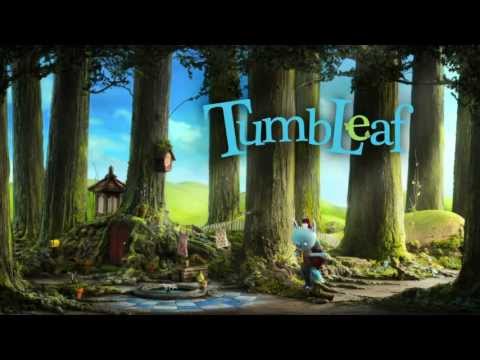 It’s notable that alternative media channels like Netflix and Amazon Studios are challenging the biggies for quality kids’ content and creative/edu storytelling, as they’re not hampered by the same ‘rules’ and can create their own playbook to instill a love of learning in unusual “show and tell” experiential fun. (Even Disney is getting in on the web streaming model with Citizen Kid, albeit “exclusively sponsored”)
It’s notable that alternative media channels like Netflix and Amazon Studios are challenging the biggies for quality kids’ content and creative/edu storytelling, as they’re not hampered by the same ‘rules’ and can create their own playbook to instill a love of learning in unusual “show and tell” experiential fun. (Even Disney is getting in on the web streaming model with Citizen Kid, albeit “exclusively sponsored”)
Amazon’s creating meaningful media morphed into a much needed “market correction in my opinion…venturing toward exploration and discovery with offline play.
Creating more TV and digital apps is clearly not on most summer parenting play lists, but the irony of having a screen as the delivery channel to get off the screen is sublime.
Using a screen to inspire play off the screen…
As this great panel of early childhood educators expressed about tots and tech, (including Angela Santomero of Amazon Studios’ newly launched Creative Galaxy show, and Lisa Guernsey author of Screen Time: How Electronic Media – From Baby Videos to Educational Software- Affects Your Young Child ) there’s a HUGE variance in quality of screen time, interaction, education and play…not to mention how media is used with purpose and promise nudging new learning opportunities through innovative means.
Amazon hits my sweet spot, hands-on experiential learning, which is what our various media literacy programs at Shaping Youth are all about.
So this week I’m writing about two of the three new Amazon shows already ramped and ready for viewing…Tumble Leaf (encouraging science through play, outdoors with Fig the Fox!) and Creative Galaxy (a make-along art adventure opening eyes to the role of art and its beauty and impact in our everyday lives). I’ll be sharing my own feedback, as well as the lens of the show’s creators via interviews in part two and three.
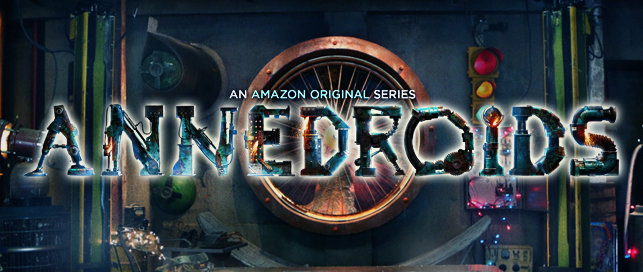 Later this month, July 25, their third series launches, a live action show, Annedroids about “a young female genius, who makes scientific discoveries alongside her human and android friends…”
Later this month, July 25, their third series launches, a live action show, Annedroids about “a young female genius, who makes scientific discoveries alongside her human and android friends…”
This STEM/fem forward fun will no doubt make waves in tech circles…and I’ll be on that one like a June bug to assess how they strategically position STEM to appeal to girls.
Much like the concept I wrote about with the MIT/Vanished edu game pilot using an online to offline ‘go, see, do’ plotline with eco-literacy via outdoor scavenger hunts blending in hands-on science/STEM to light up middle school kids with enthusiasm, I’m hoping Annedroids character development gives a lift to the gender gap in STEM in those crucial early years to leverage brain plasticity, pondering what’s possible!
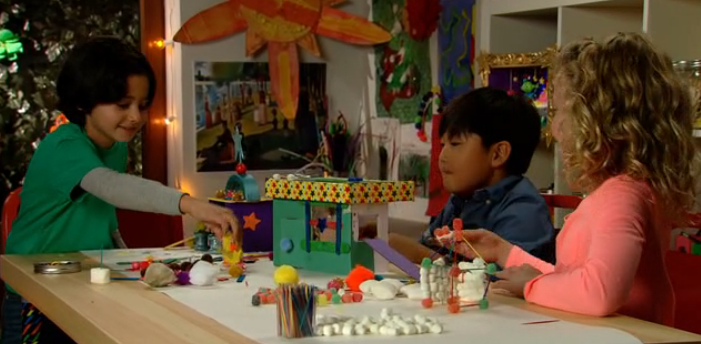 Educators might say Amazon Studios is trying for a “meet them where they are” strategy by using a familiar medium like TV (Amazon prime instant video) to embed informal learning into arts enrichment and active play…
Educators might say Amazon Studios is trying for a “meet them where they are” strategy by using a familiar medium like TV (Amazon prime instant video) to embed informal learning into arts enrichment and active play…
…But I see this new platform as a multi-dimensional teaching tool starting with care providers themselves, who often express some form of “oh, that’s a great idea, I never would’ve thought of that” to simple projects that once upon a time used to be early education sensory “givens.”
Developed with the support of educational psychologist Dr. Alice Wilder, renowned for her research in kids media and early social emotional learning, the Amazon shows draw upon the work of a wide array of brilliant play proponents with global recognition, from Sir Ken Robinson to Stuart Brown.
“We’re integrating right and left brain thinking because learning does not occur in disciplinary silos,” Alice Wilder said,
“…Effective learning combines core content with play, creativity, and the arts…These shows bring in Dale Doughtery’s Maker Movement, Stuart Brown’s importance of Play, and Ellen Galinsky’s Mind in the Making Executive Function Skills among many others!”
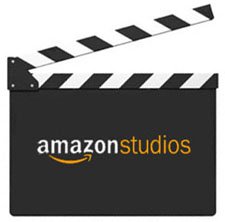 As Daniel Pink suggests in “A Whole New Mind” we are entering the Conceptual Age, shifting from agricultural, industrial, and information economies into a new period of time that embraces communication through empathy, creativity and interdependent left and right brain thinking.
As Daniel Pink suggests in “A Whole New Mind” we are entering the Conceptual Age, shifting from agricultural, industrial, and information economies into a new period of time that embraces communication through empathy, creativity and interdependent left and right brain thinking.
There’s definitely a tribute to Fred Rogers expertise in there…which is no surprise given that Dr. Alice Wilder serves as a Senior Fellow along with David Kleeman at the Fred Rogers Center for Early Learning and Children’s Media.
I’m notably thrilled with the opportunities for smart content and cycle-breaking here, as Amazon recruits indie, unique, forward thinking media producers to help build a next generation of ‘do-ers’ rather than ‘be-ers’ focused on creativity and innovation.
Now that I’ve given an overview, in part two I’ll get ‘show specific’ featuring an interview with Creative Galaxy’s creative force, Angela Santomero (known for her kids media triumphs like Blue’s Clues, Super Why, Daniel Tiger’s Neighborhood, Wishenpoof, and more).
We’ll blast off to planets like “Paintoria and Buildera” using the theme that “art makes a space a better place to be.” But be forewarned, the Creative Galaxy theme song is an earworm that will etch its way into your head with an indelible Sharpie…
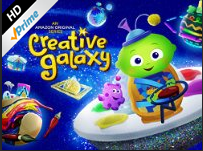 Meanwhile, check out the FREE Amazon pre-K kids shows for yourself and we’ll compare notes: Here’s where to find Creative Galaxy and Tumble Leaf.
Meanwhile, check out the FREE Amazon pre-K kids shows for yourself and we’ll compare notes: Here’s where to find Creative Galaxy and Tumble Leaf.
It’s media that matters and I’m notably excited about original programming bumping out some of the mass media offerings that have slid into vapid snark, sass, and commodification cues to kids.
With their all-star educational enrichment team, Amazon has the ability to instill a mashup of play and pondering into an imagination soup that nourishes creative souls.
Do they make the grade? You decide.
I say “Viva the indies”…using the power of media for positive change! Back with more tomorrow…








Speak Your Mind